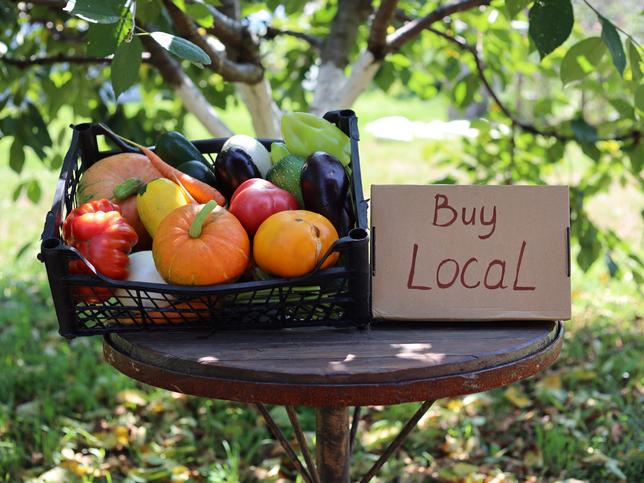We are in a state of emergency with societal inequalities worsening and current systems and structures struggling to narrow widening gaps between privileged and marginalised communities. Universities increasingly recognise their responsibility as critical anchors to local communities and university civic agreements are starting to formalise the important, strategic role universities can play within their locality.
Civic responsibility is a broad concept, encompassing education, research activities, public engagement, and local, national and global partnerships and collaborations. In education, community-engaged learning (CEL) offers a pedagogic approach to realise this civic responsibility through the potential of our students. Through meaningful co-created community projects, students are able to learn their discipline-specific knowledge, skills and values in real-world settings. They are able to learn higher-level graduate skills and attributes, such as collaborative practice, critical thinking, diversity and inclusion and social responsibility, which we need our future workforce to possess. Most importantly, CEL benefits communities, through the students working with local groups and organisations on priority concerns and strengths identified by the communities themselves. Many of our institutions have priorities around equality, diversity and inclusion, decolonisation, digital inclusion, sustainability, and employability outcomes. What better way to embed these key strategic goals within education than by students engaging in meaningful learning through service in the community?
- Resource collection: How to be a civic university post-pandemic
- Make a difference: collaboration and participation in arts-led research
- Flip the script: why listening is the best form of outreach
By connecting curriculum to community, students are able to learn far beyond the boundaries of their course. Through the Students in Schools programme, more than 6,000 students at the University of Leeds have worked both in and out of curriculum in local schools. The initiative enriches students’ discipline-specific knowledge and higher-level graduate skills while adding value to local primary and secondary schools. There are a number of ways students can get involved in community engagement – for example, through direct teaching activities, a schools-led innovation or research project or engaging in advocacy work.
Getting started with CEL can be daunting: where do you start, how many students, core curriculum for all students or a pilot, intra- or extra-curricular, assessed or not assessed? Here are some key considerations if you choose to progress with this work:
The win-win approach
At its heart, CEL is based on the principle of reciprocity, where communities and students both benefit. Build relationships with key community champions early on to design your community programme around student learning outcomes and local community priorities. Try to map where in your locality there is a need and where the assets lie. Think about which communities have had little or no contact with the university. Have enough structure to give the students and communities a consistent experience but with enough flexibility to allow the student-community partnerships to flourish and be creative. Consider student outputs from the community projects as a form of formative or summative authentic assessment.
Preparation
Design introductory material to help prepare all those involved to give all the best chance of the projects succeeding. Students will need some context setting to ensure they are socioculturally sensitive to the communities they are going to work alongside. I have used needs and asset infographics to help students understand the broader local and regional context within which they will be working.
Frameworks
There are many frameworks to help guide this work. Citizens UK have developed an approach known as community organising. John P. Kretzman and John L. McKnight developed asset-based community development approach ABCD in their seminal thesis Building Communities from the Inside Out. By using such frameworks one can ensure that CEL is mutually beneficial, sustainable, builds on community assets and avoids students “parachuting” their help in for their own gain, disempowering the people that we want to support.
Governance
Issues such as contracts, finances, risk assessments and indemnity need to be considered sensitively and rather than seeing them as potential constraints to this work, they are necessary scaffolding to keep CEL safe for everyone involved.
Evaluation
It is important to measure what you are doing. Students and communities can evaluate the impact of their individual projects, but on a broader programme level it is important to know what impact this type of learning is having on student knowledge, skill acquisition, their mindset and values. Co-evaluate with the communities you wish to serve and measure what is important to them. What impact is your educational project having on the community priorities you set out to support? Disseminate your work internally and externally and find like-minded individuals who can support and collaborate with you.
CEL is only one part of a university’s strategic role in social justice and civic responsibility. If you are reading this and involved in education, consider using the power of your educational offer to benefit communities who are not “seldom heard” but are easy to ignore and who continue to be structurally discriminated against.
I have spent the past 20 years in education and working as a general practitioner in inner-city London. I grew up in the 1970s and 1980s as an Asian child in a community that wasn’t tolerant of colour. I have navigated a career as an Asian female professor in British academia where the metrics do not work in my favour. I have looked inequality and discrimination in the eye and feel a burning desire and determination to use my passion and my position of privilege to support CEL as a potent catalytic bridge between our students now and societies of the future. I invite you to do the same.
Sonia Kumar is a professor of medical education and associate dean of community-engaged learning at the University of Leeds.
Acknowledgements to Bethany Golding, public participation manager at NHS England and Anastasia Karanika lead for Students into Schools, University of Leeds.
If you found this interesting and want advice and insight from academics and university staff delivered direct to your inbox each week, sign up for the THE Campus newsletter.




comment